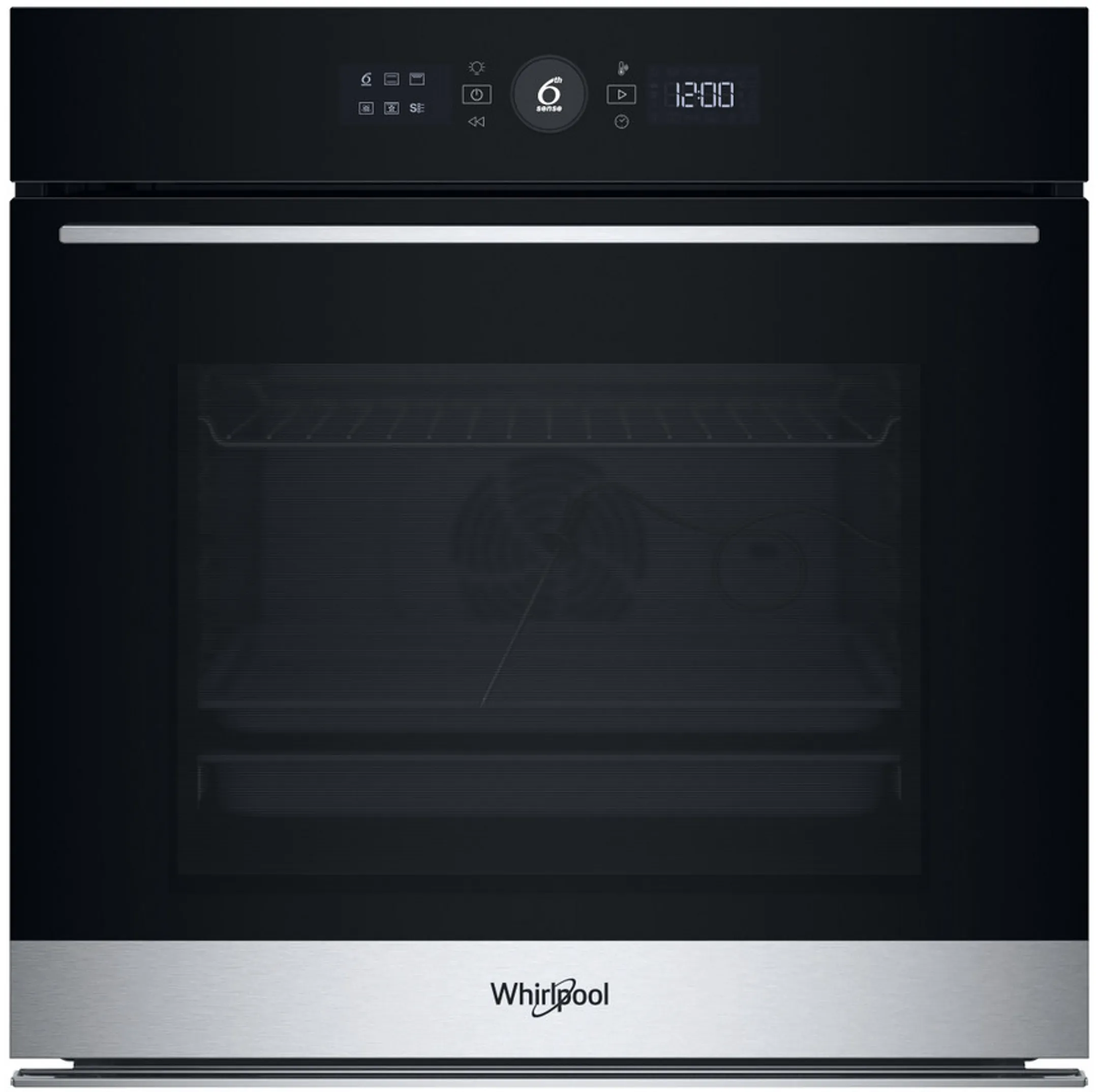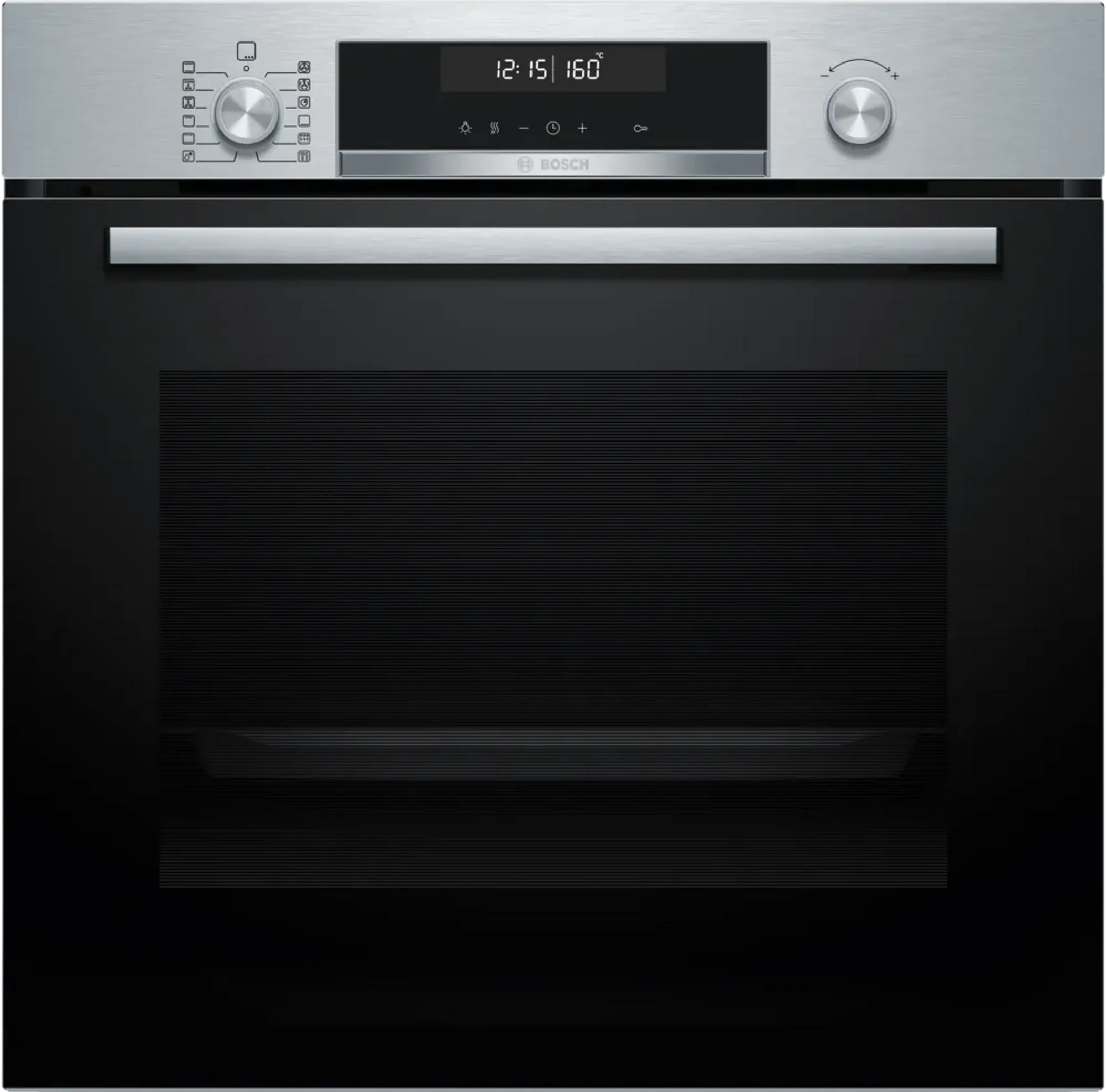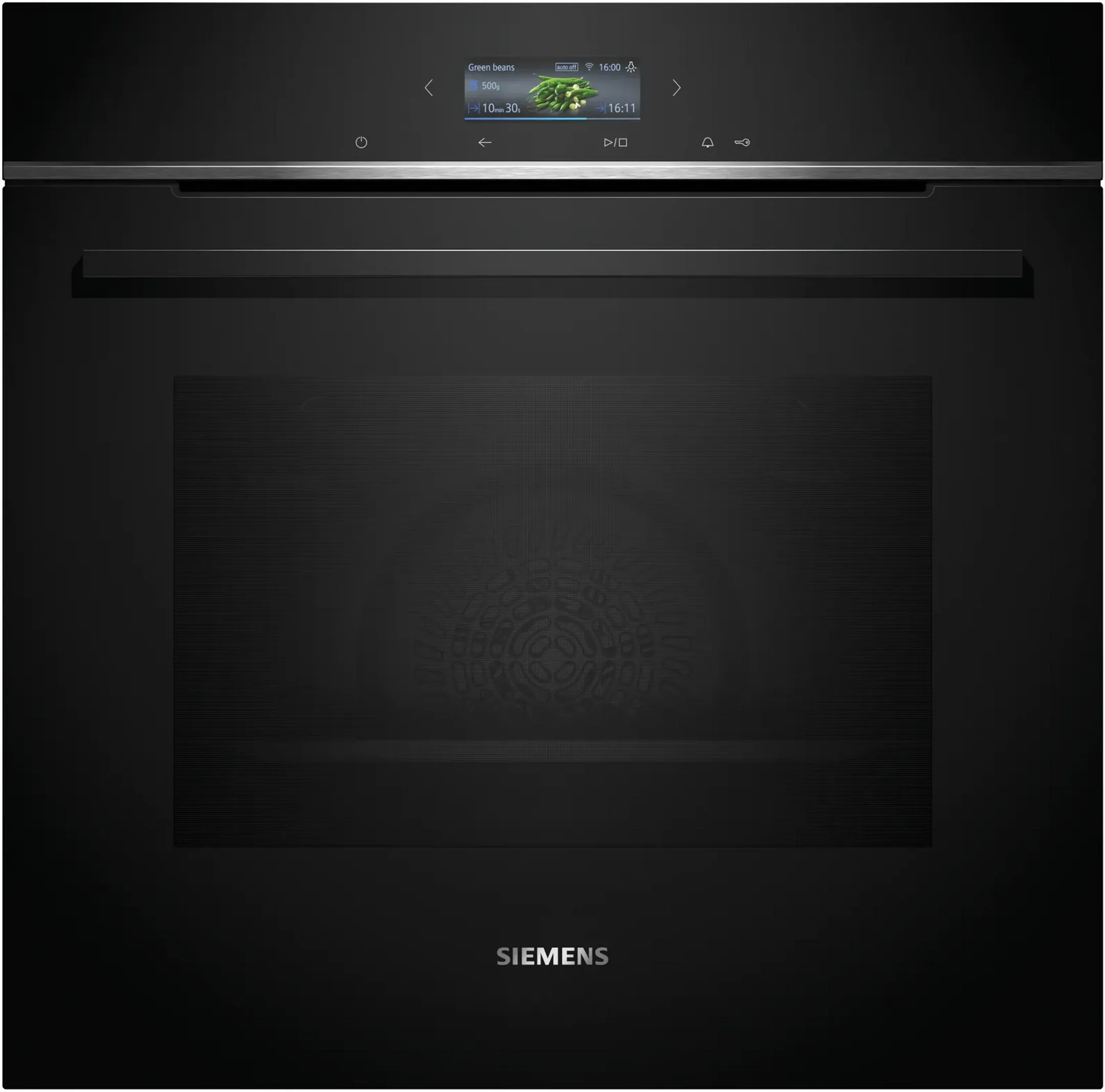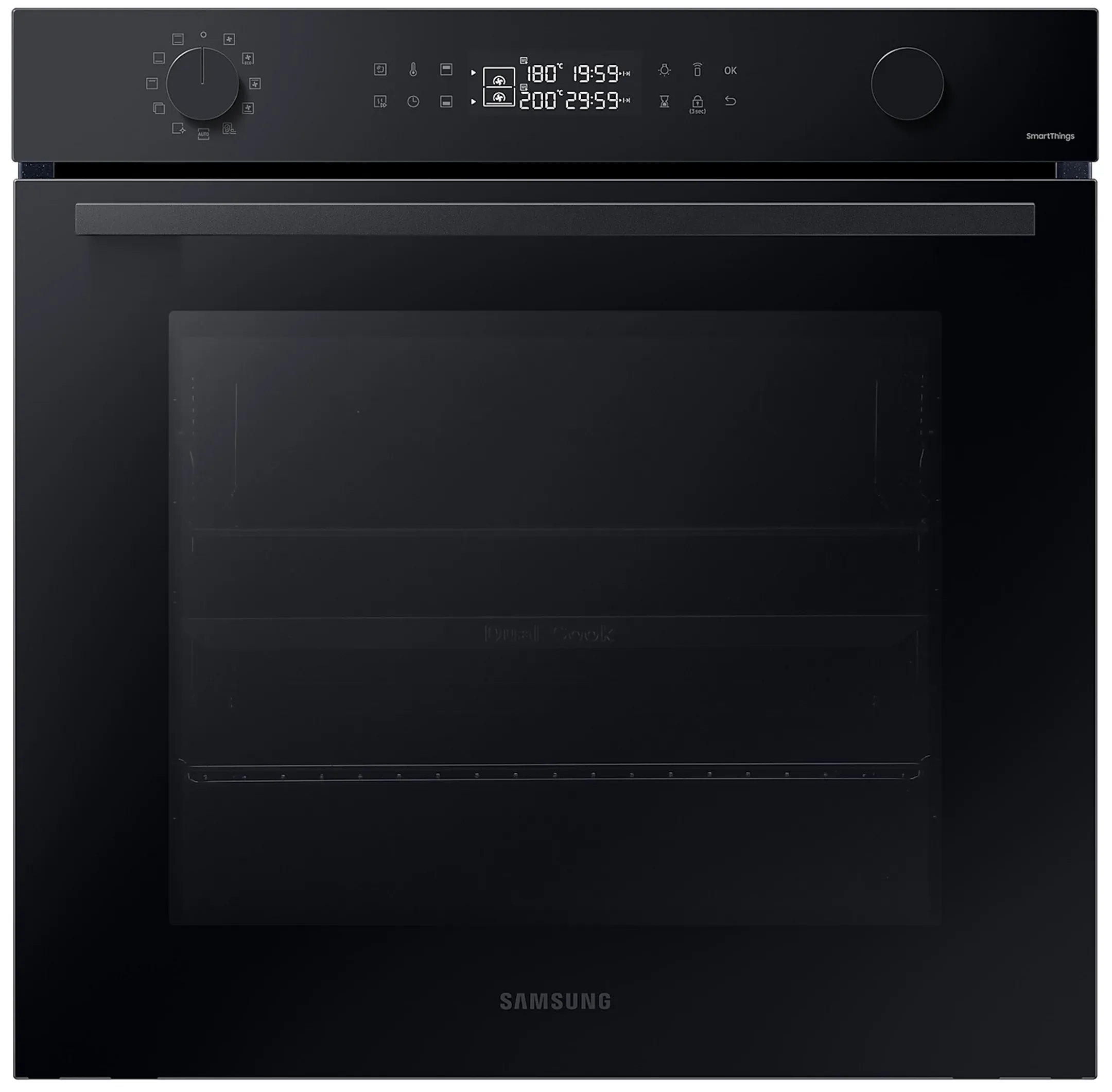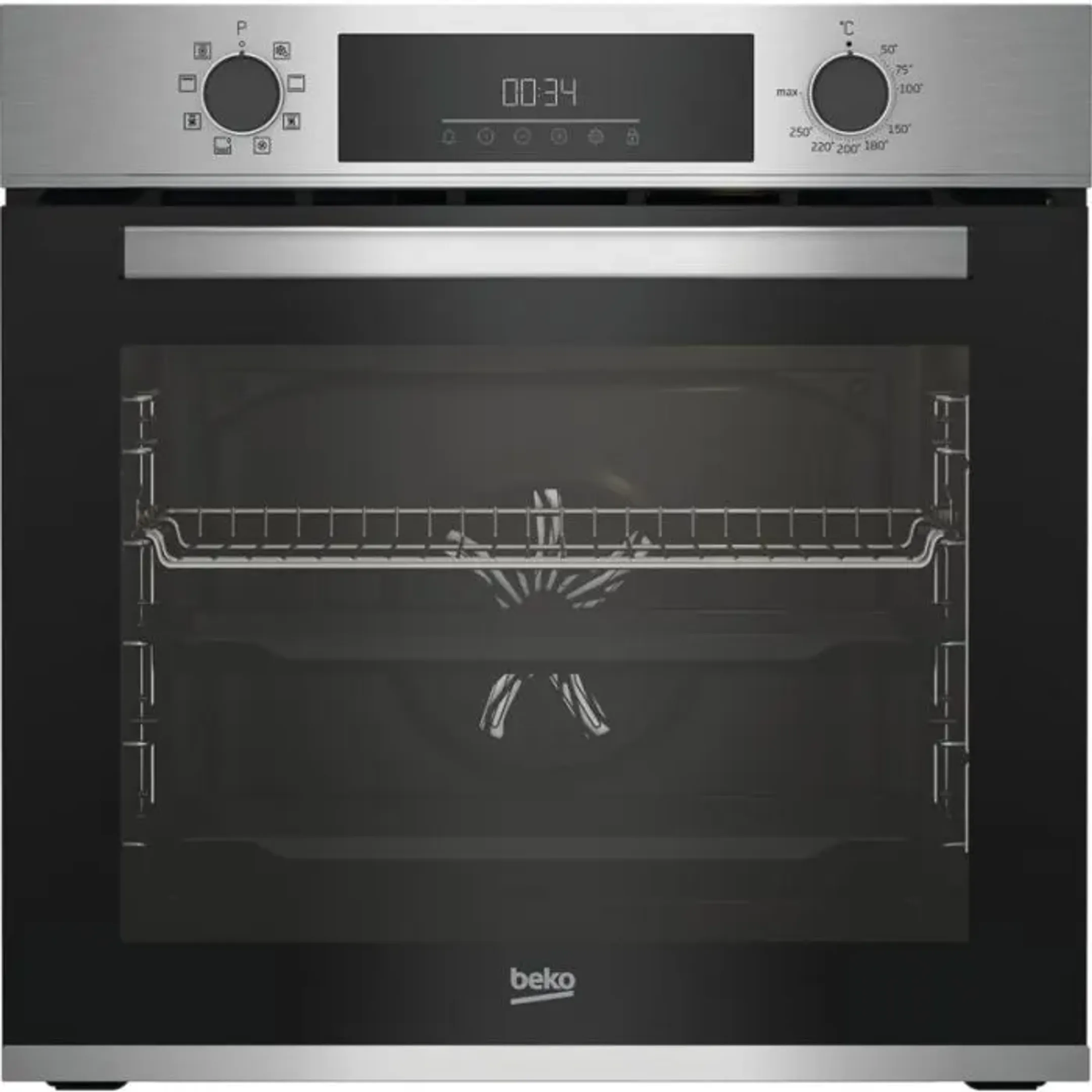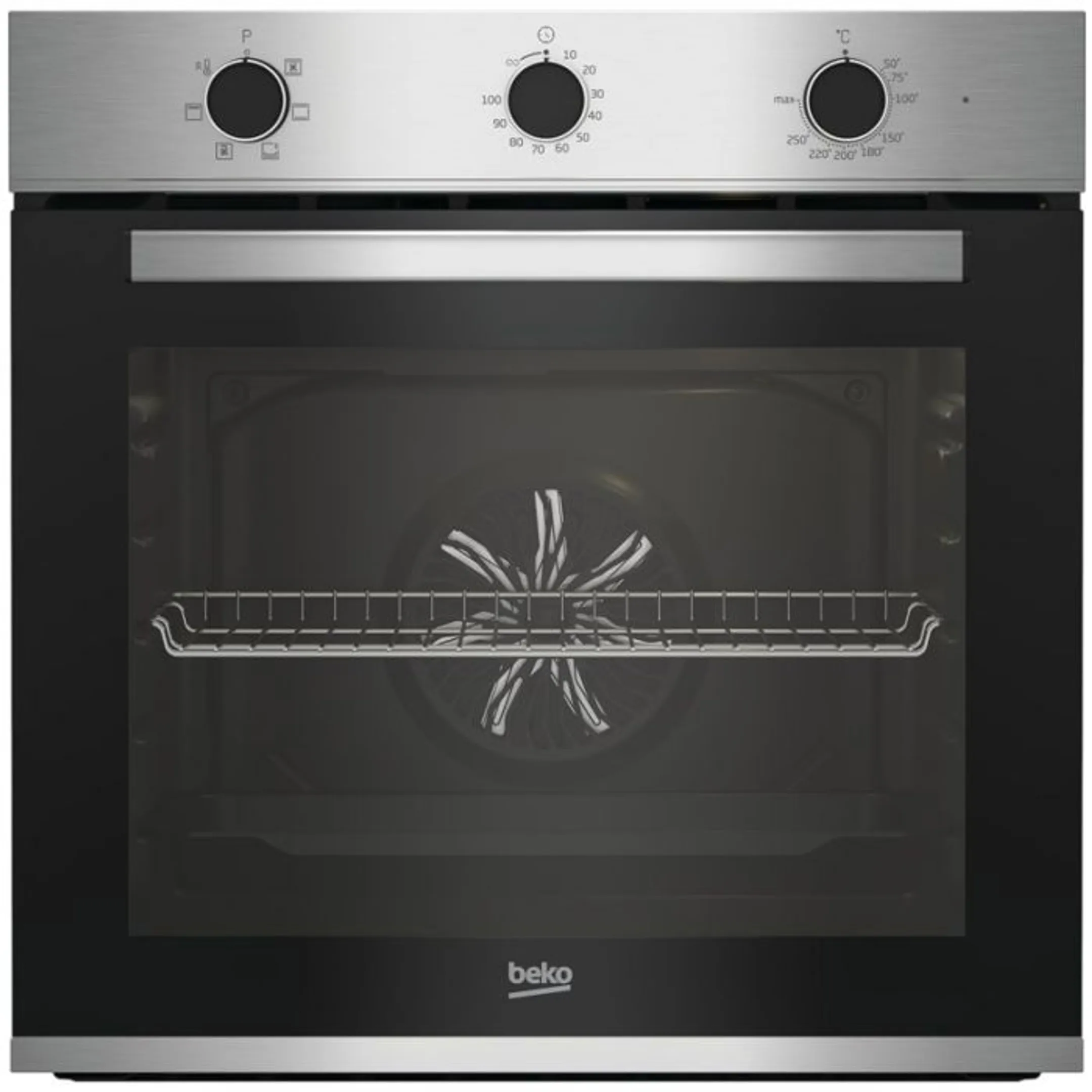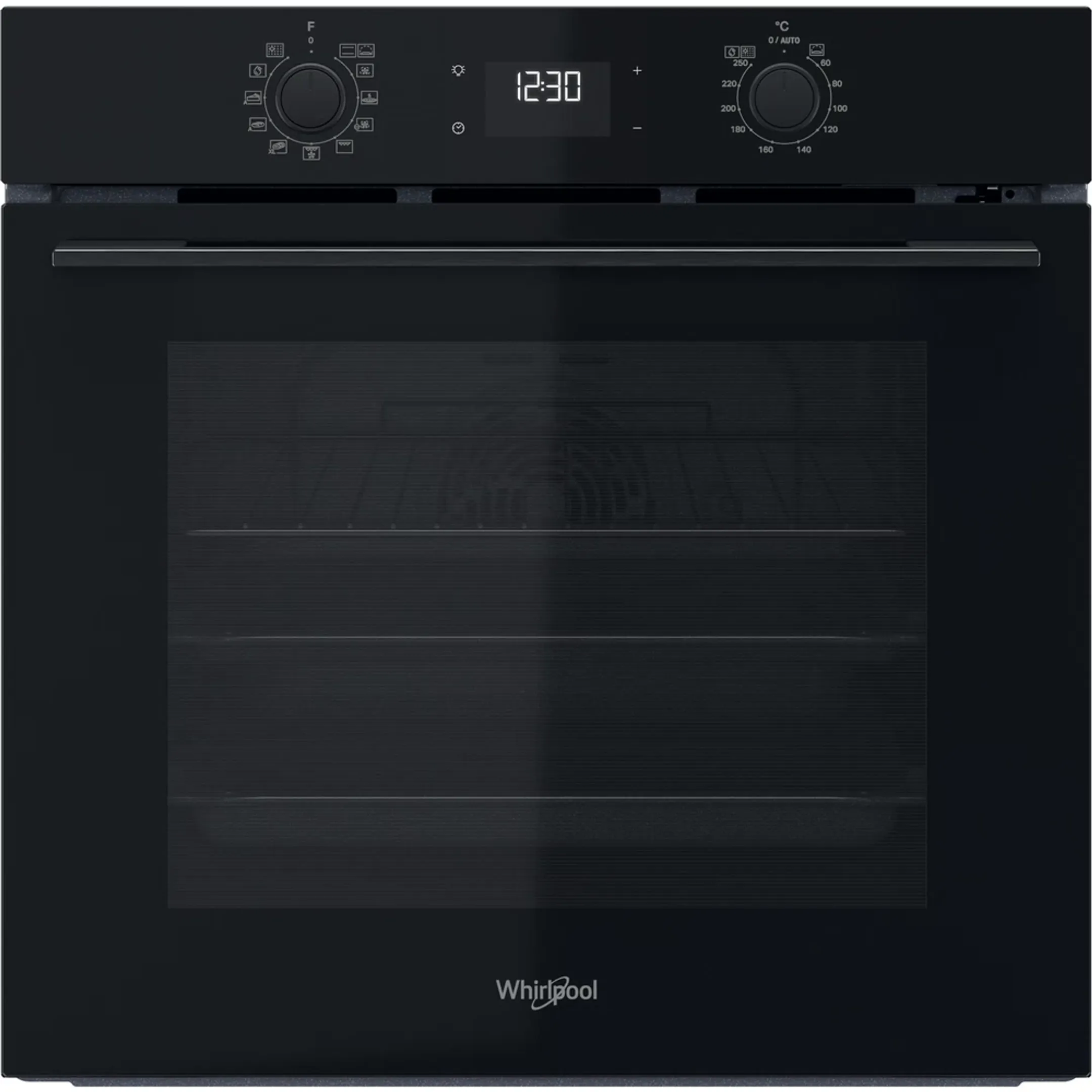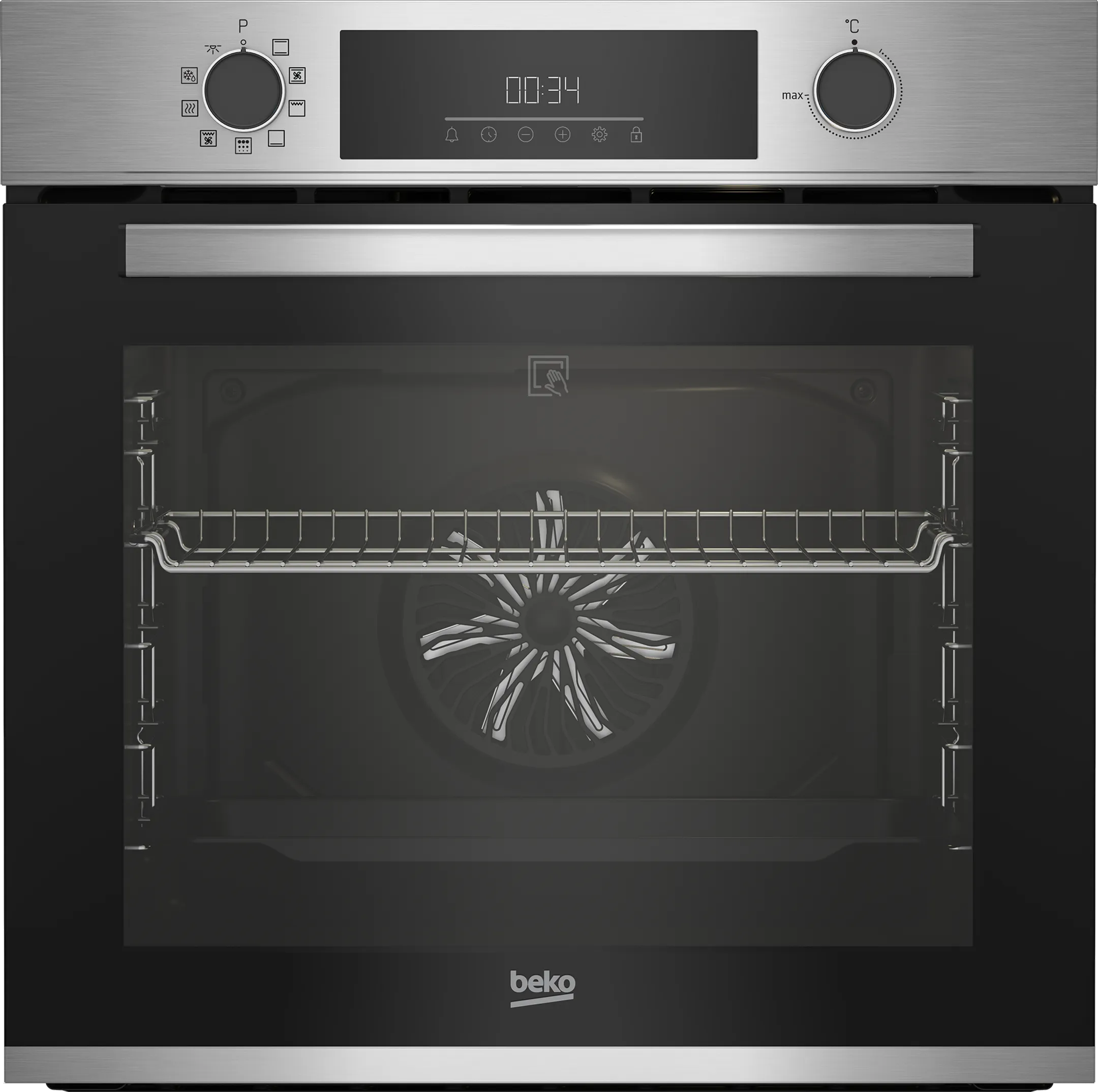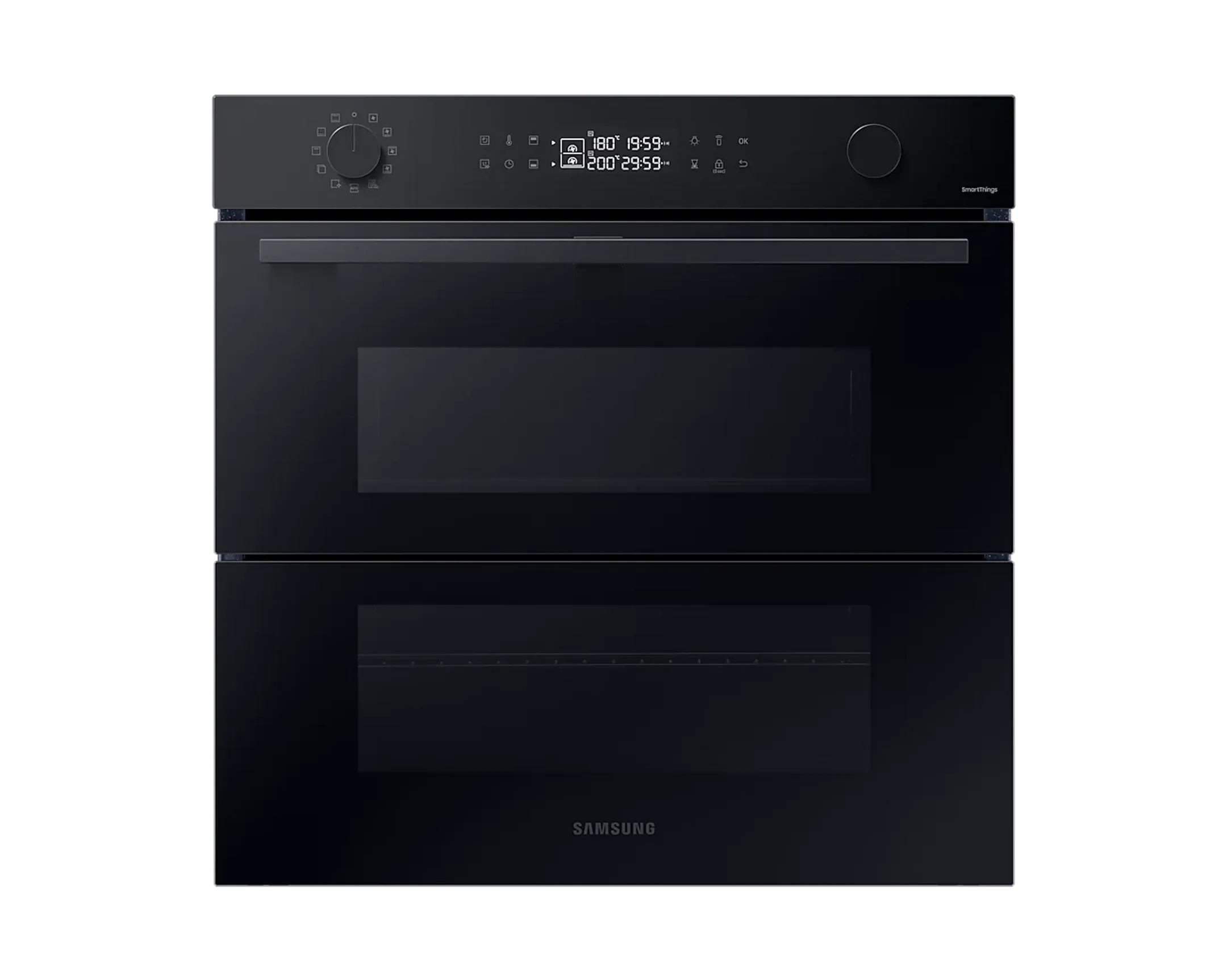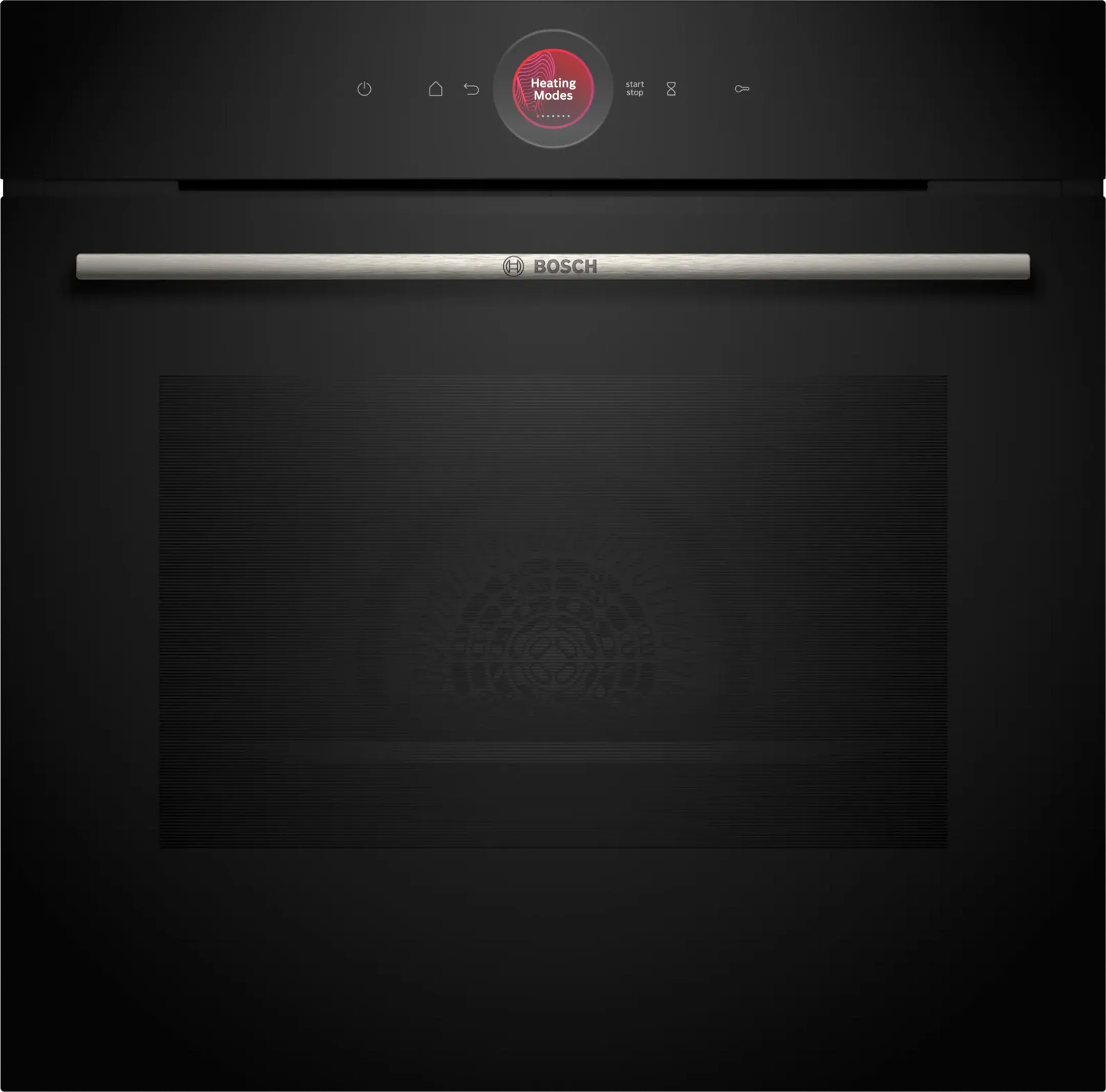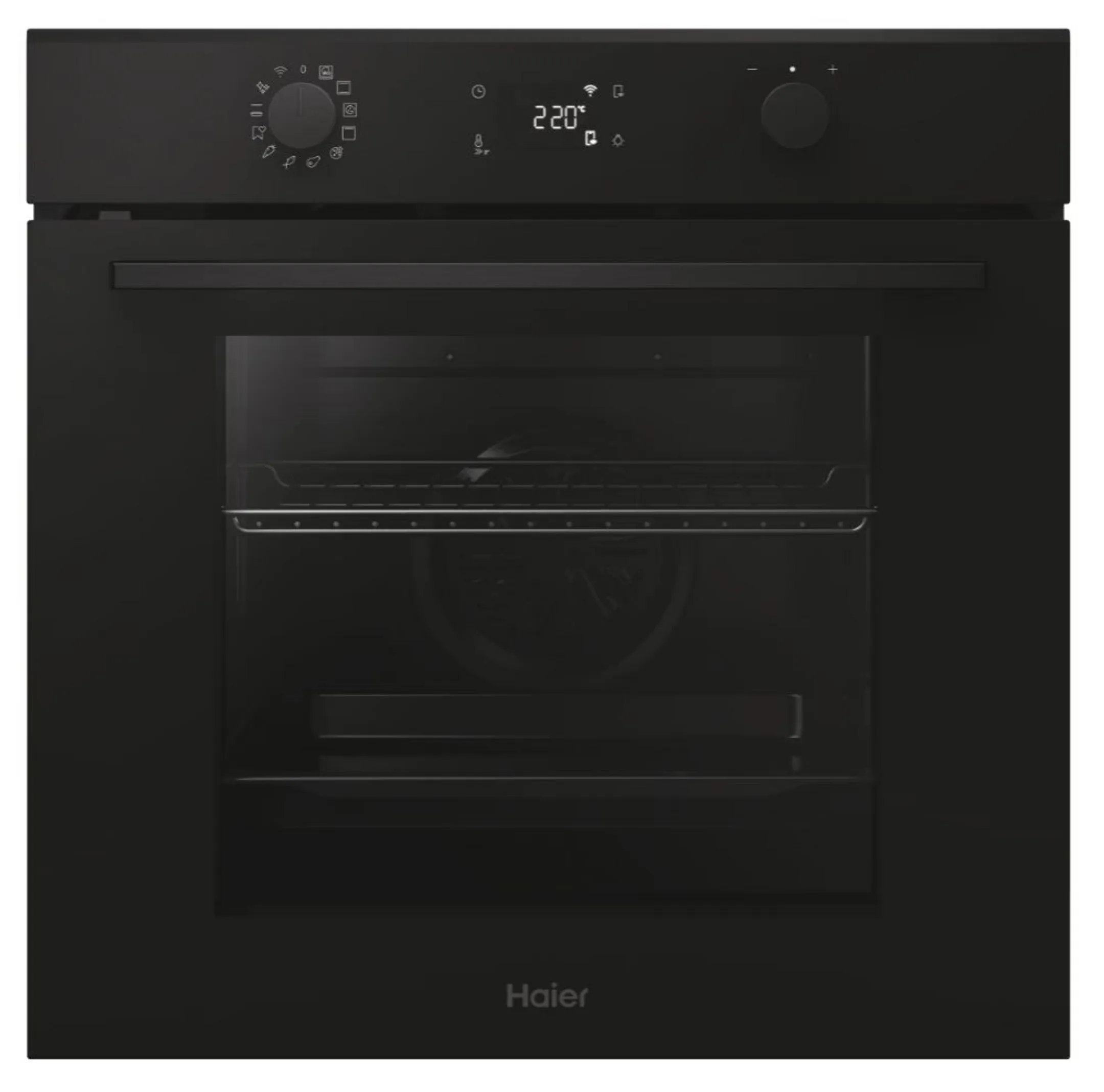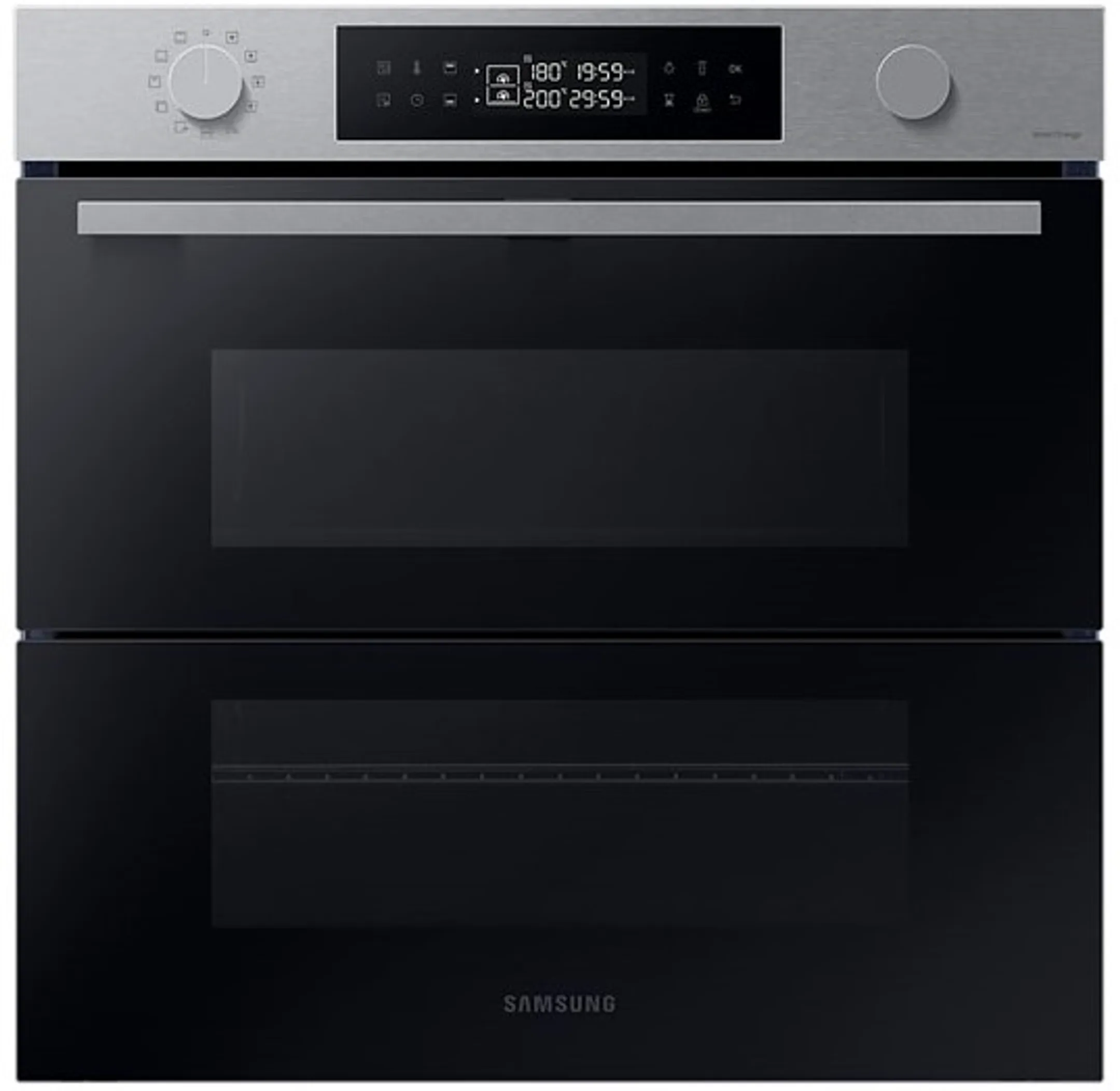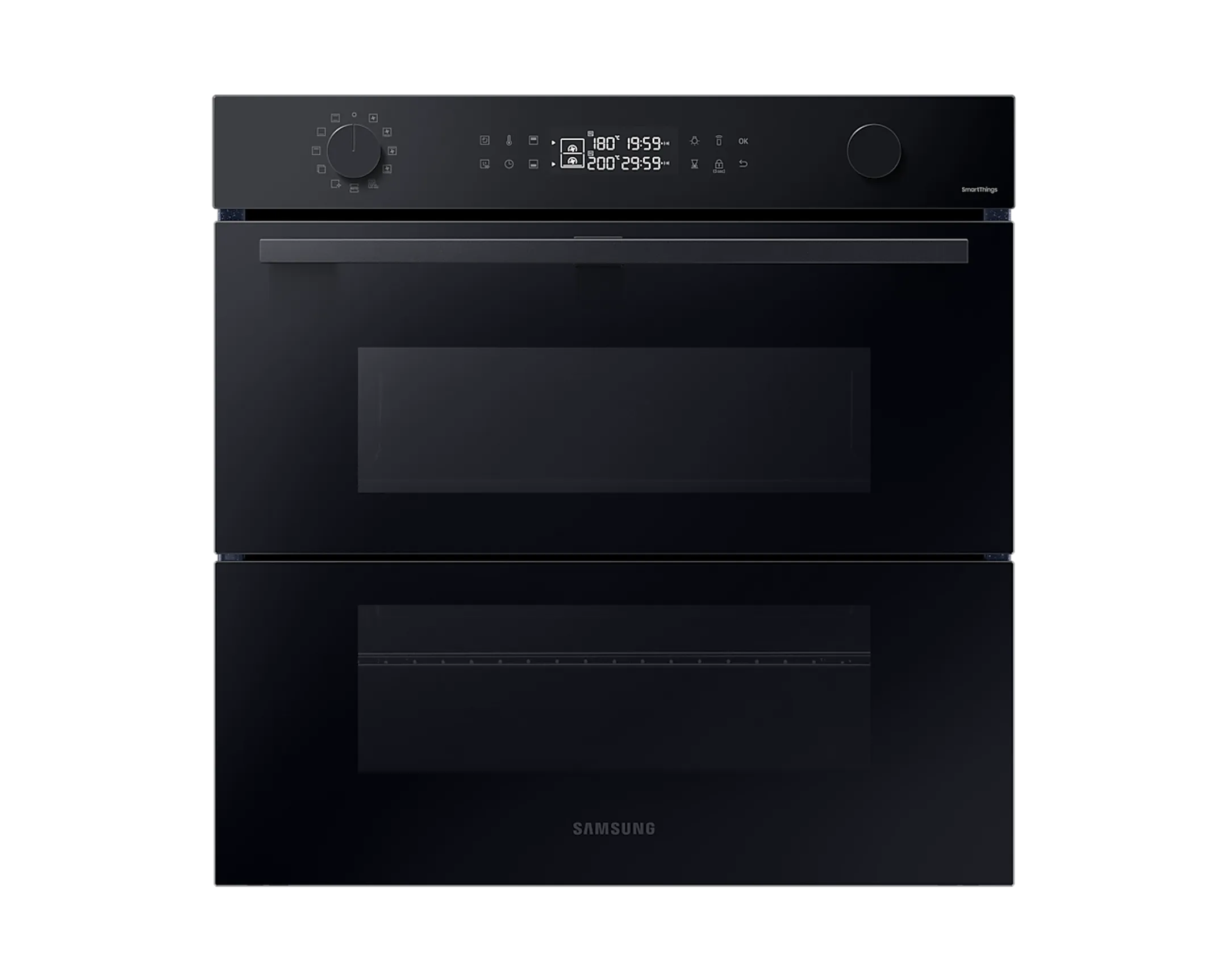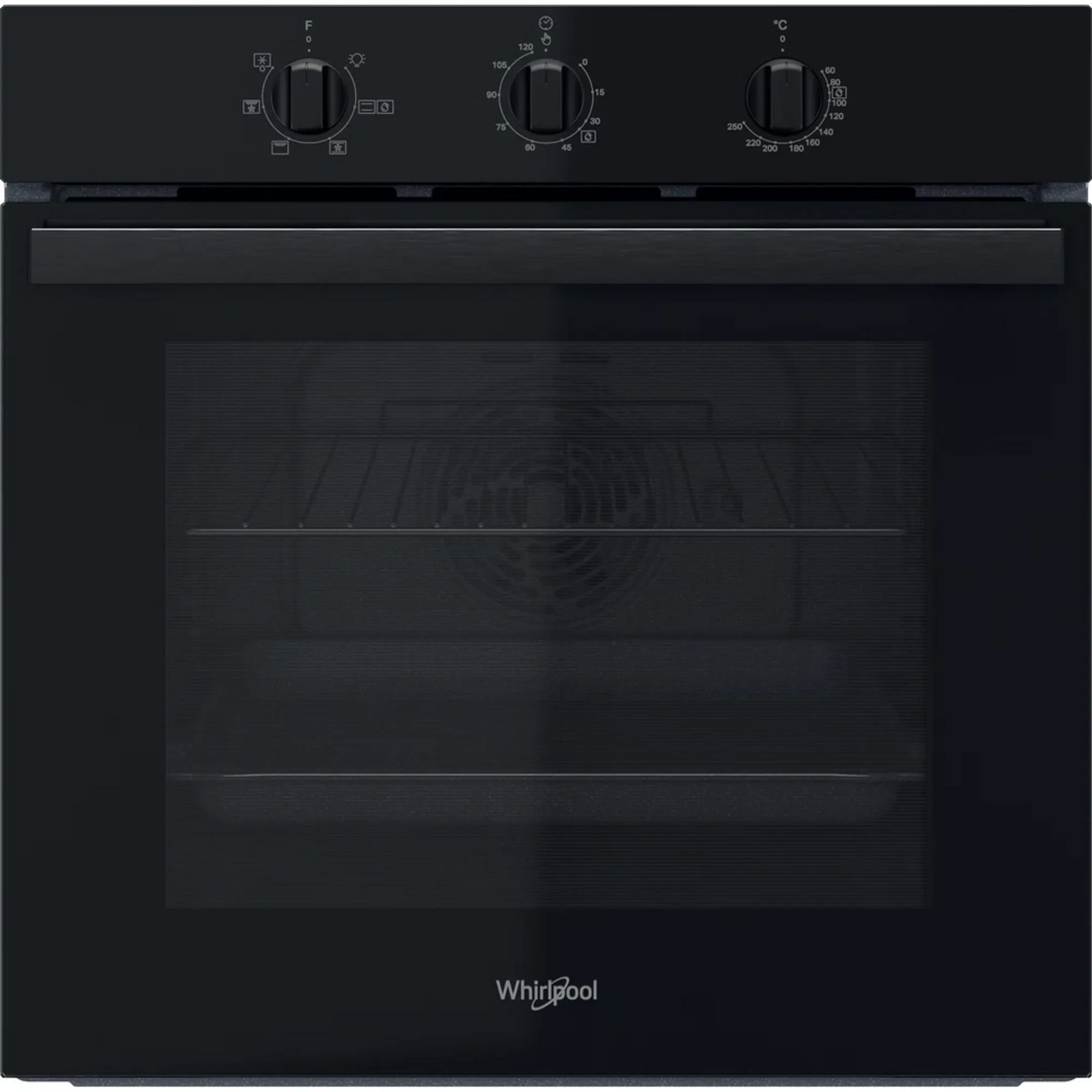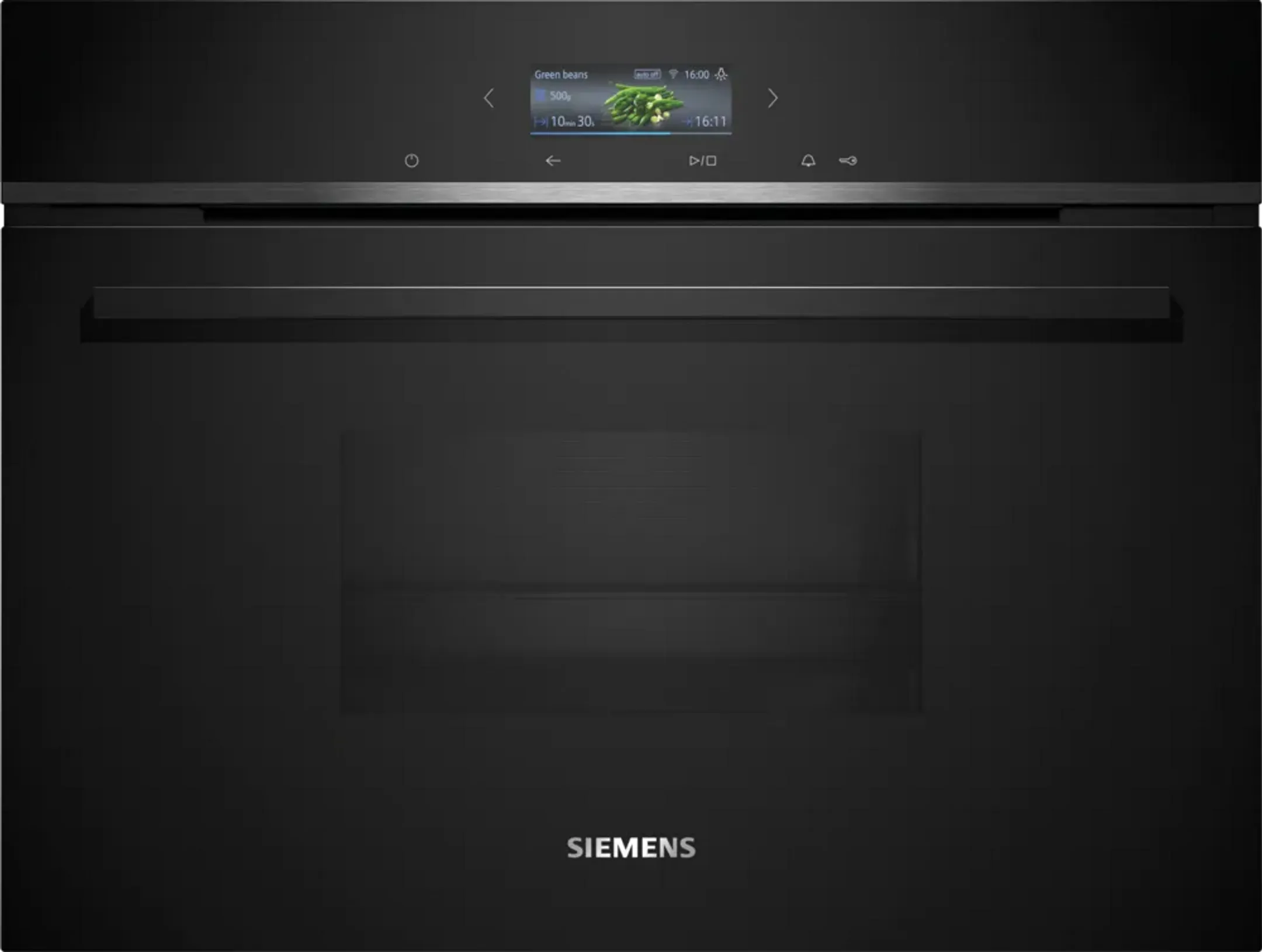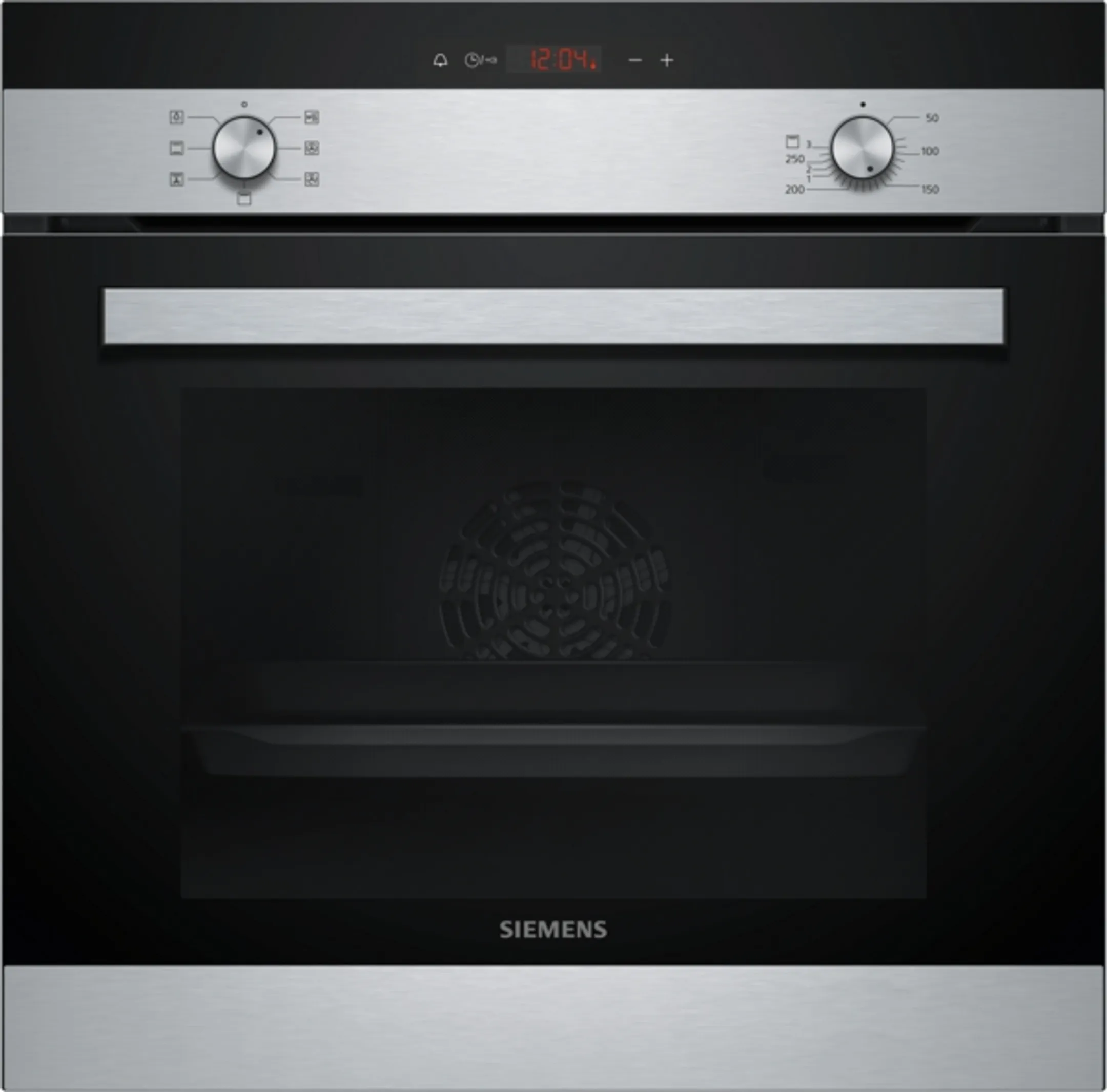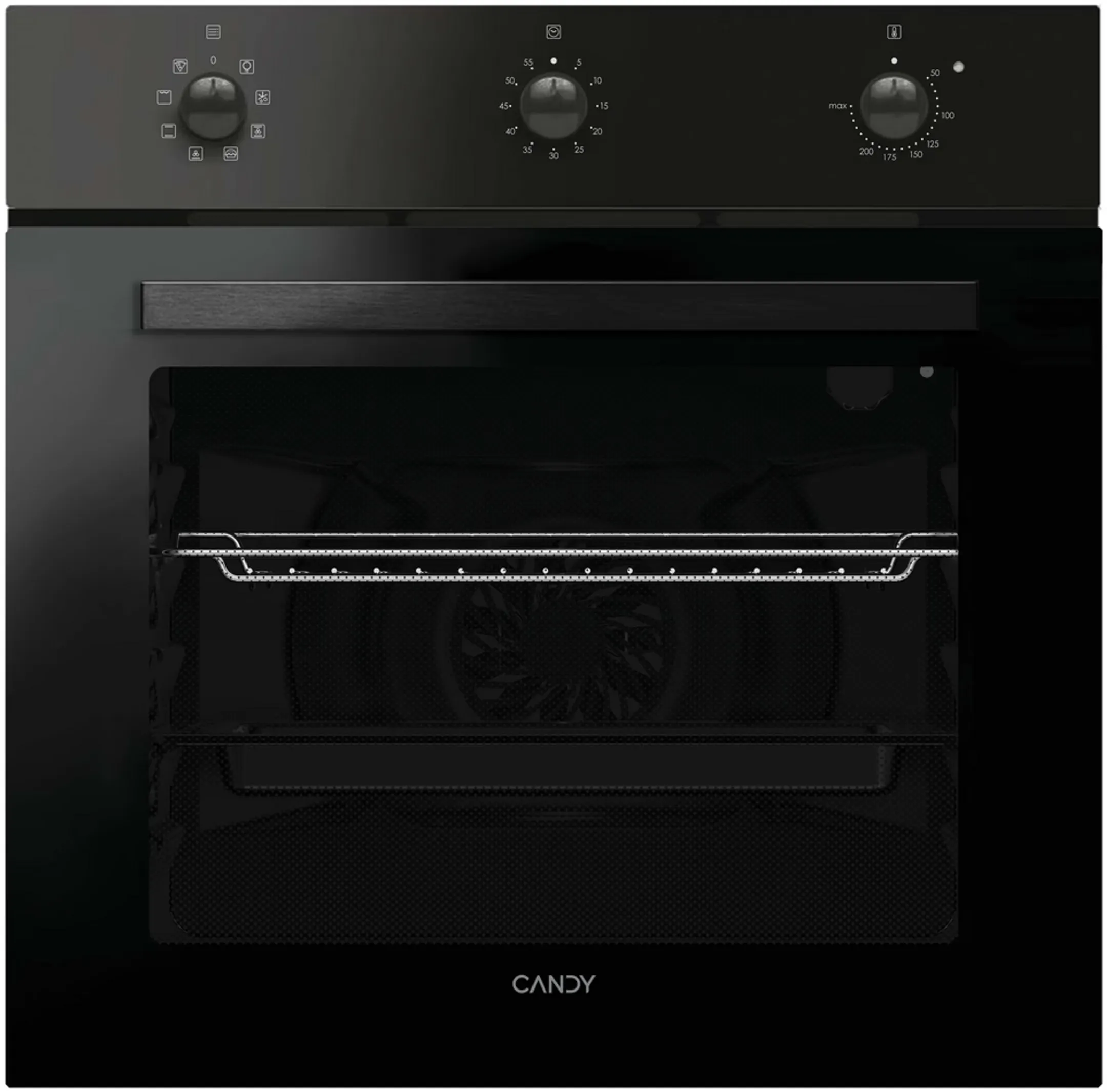How to choose your built-in oven?
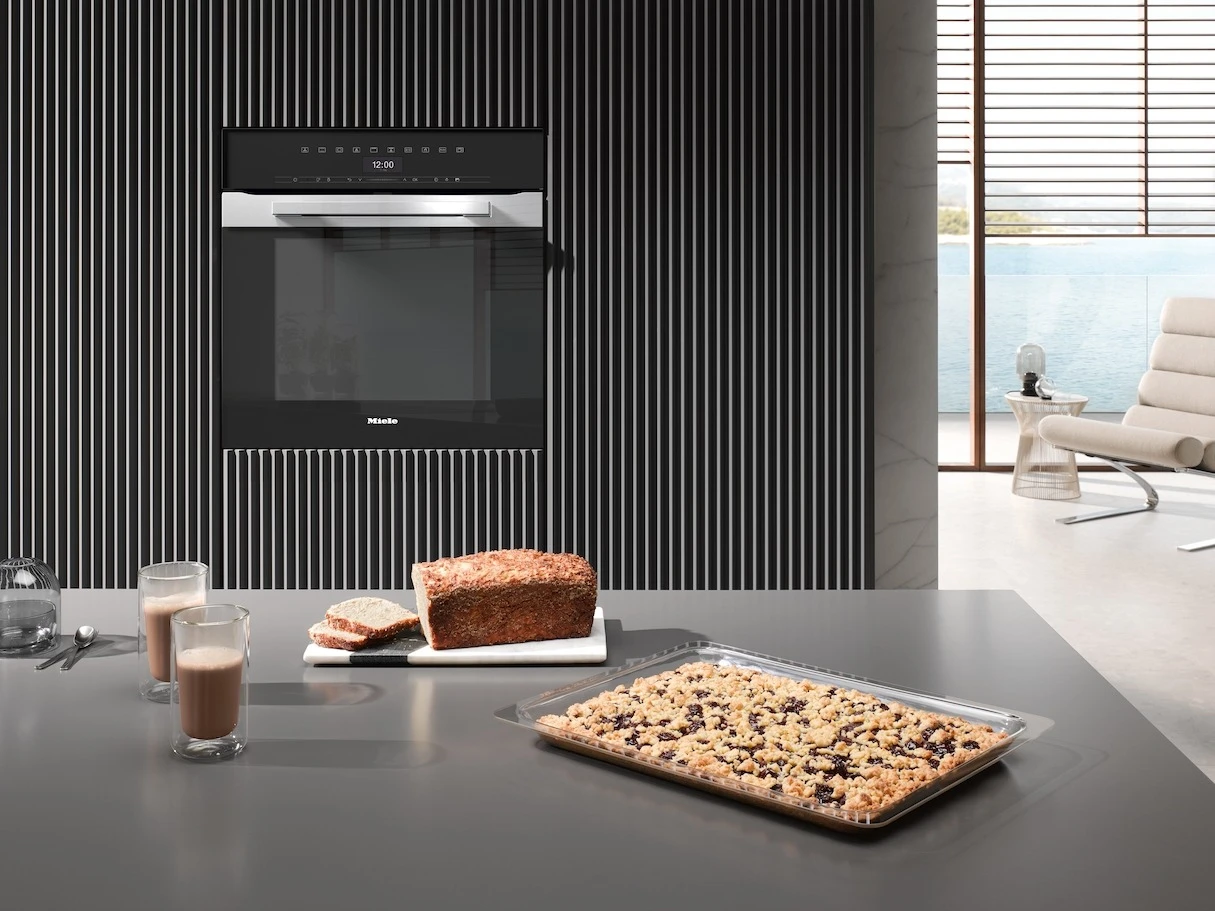
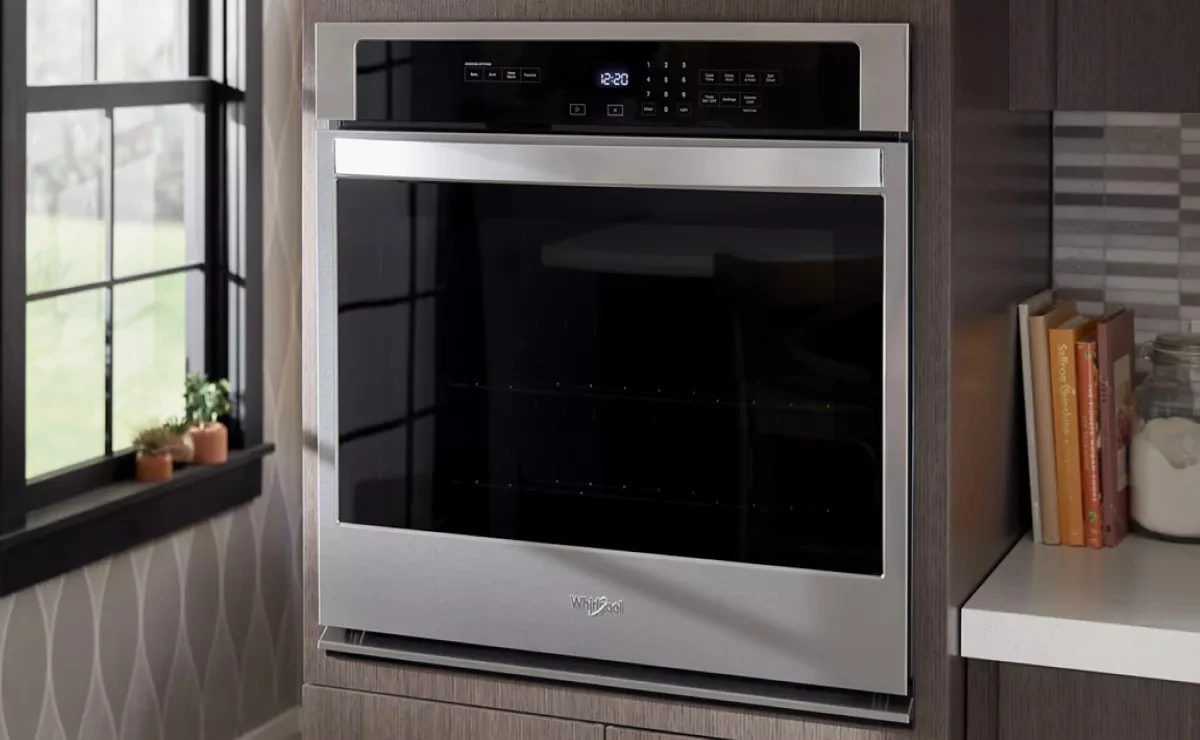
What dimensions should I choose for a built-in oven?
Choosing the dimensions of a built-in oven is crucial to ensuring a perfect fit in your kitchen. Carefully measure the space available for the oven, taking into account height, width and depth. Make sure you also leave enough space around the oven for adequate ventilation and easy access during installation and use.
To measure a built-in oven correctly, follow these simple steps:
Measure the cavity:
Open the oven door and measure the width, height and depth of the interior of the cavity. Use a tape measure for accurate measurements. Be sure to measure from the inside walls of the oven, not from the outside edges of the door.Measure the available space in your kitchen:
Measure the available space in your kitchen where you want to build the oven. Measure the width, height and depth of the space to ensure that the oven will fit properly.Take the necessary clearances into account:
Make sure you leave enough space around the oven for adequate ventilation. Manufacturers generally recommend a minimum clearance space around the oven to allow air to circulate properly and to facilitate installation and maintenance.Check the manufacturer's specifications:
Check the manufacturer's specifications for the built-in oven you're considering. Exact oven dimensions may vary slightly from one model to another, so it's important to check the specific measurements of the model you've chosen.
By following these steps, you'll be able to measure your built-in oven correctly and ensure that it fits perfectly into the space provided in your kitchen. If you have any further questions or need help choosing a built-in oven, please don't hesitate to contact us.
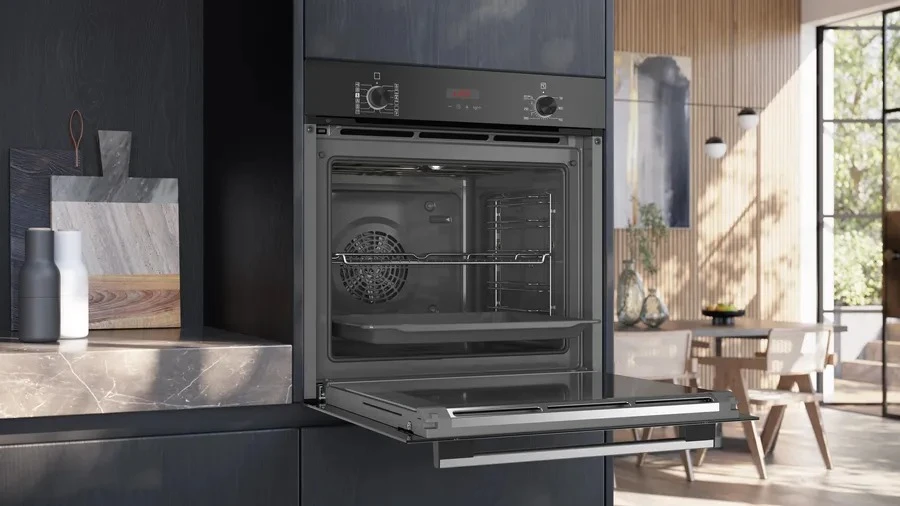
Choosing the right capacity for a built-in oven
When choosing a built-in oven, capacity is an important aspect to consider to meet the needs of your household. Oven capacity determines the amount of food you can cook simultaneously, which can have a significant impact on your efficiency in the kitchen and your ability to prepare meals for the whole family or guests.
In general, built-in ovens are available in a range of capacities, from compact models designed for smaller kitchens to more spacious models suited to large cooking volumes. If you regularly cook for a large family or like to host dinner parties, opt for an oven with a larger capacity to accommodate larger dishes or several courses at once.
On the other hand, if you have limited space in your kitchen or are cooking for a smaller number of people, a compact oven may be more appropriate. It's also essential to take into account the space available in your kitchen and the dimensions of the built-in oven to ensure a perfect fit.
In short, choosing the right capacity for a built-in oven is a decision that depends on your cooking habits, the size of your household and the space available in your kitchen. By taking these elements into account and choosing wisely, you can ensure that your oven will meet your culinary needs and fit perfectly into your space.
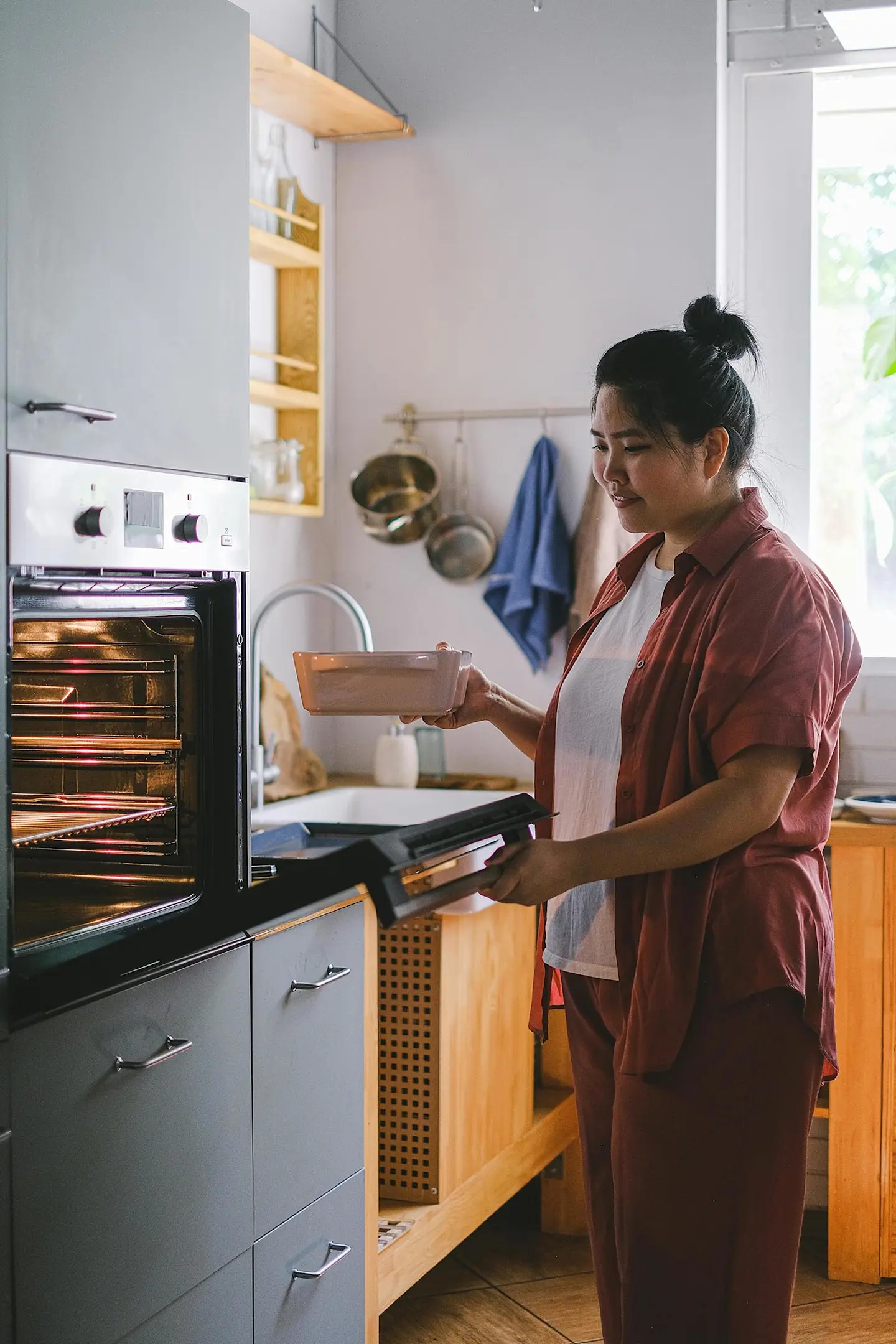
Various cooking modes: convection, rotating heat, forced air
When exploring the features of a built-in oven, it's essential to understand the different cooking modes available, each offering unique advantages for your culinary preparations. Convection, rotary heat and forced-air are among the most common modes, each making its own contribution to the perfection of your dishes:
Convection
is a popular cooking mode that uses a fan to circulate hot air evenly inside the oven. This allows food to cook faster and more evenly, reducing cooking times and ensuring even cooking, whether for meats, vegetables or pastries. The results are often more flavorful and moist, with meats that are golden on the outside and juicy on the inside.
Rotary heat works in a similar way to convection, but with the addition of an extra heating element located close to the fan. This enables even more precise heat distribution, ideal for cooking several dishes at once at different temperatures. This cooking mode is perfect for complex meals requiring careful attention to temperature and timing.
Pulsed air is a cooking method that combines pulsed heat with air circulation for fast, even cooking. This method is particularly effective for cooking frozen or fast-prepared foods, delivering crisp, flavorful results in a short time. Forced air can be a valuable ally for busy cooks or those looking for fast results without compromising quality.
Choosing the right cooking mode for your built-in oven can have a significant impact on your culinary results. By understanding the nuances between convection, rotating heat and forced air, you can get the most out of your appliance and impress your guests with tasty, perfectly cooked dishes every time.
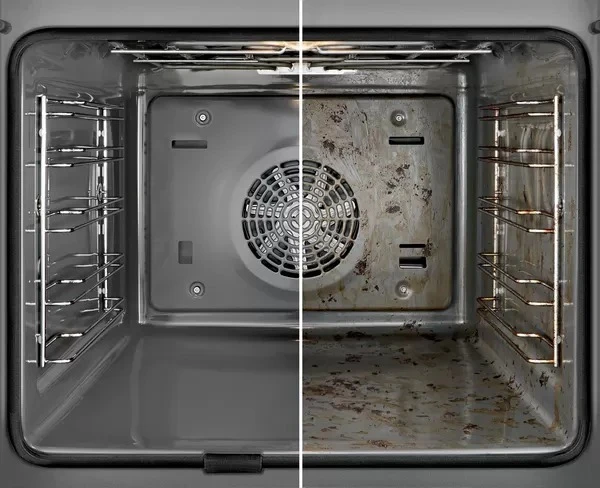
Maintenance of your built-in oven
In your search for a built-in oven, it's essential to consider the different cleaning options available to suit your maintenance needs and preferences. The most common cleaning methods for built-in ovens include pyrolysis, catalysis,hydrolysis, ecoclean and manual cleaning, each offering specific advantages in terms of convenience and efficiency:
Pyrolysis
is one of the most advanced and effective cleaning methods, using extremely high temperatures to break down food residues into ash, which can then be easily wiped away. This process enables deep cleaning and effective removal of encrusted grease, without the need for extra effort.
Catalysis
is a more passive cleaning method that uses specially treated walls to absorb grease and food particles during high-temperature cooking. Although catalysis reduces the amount of dirt to be cleaned manually, it may require occasional manual cleaning to remove stubborn residues.
Hydrolysis
is a newer technology that uses steam to loosen food residues and fats, transforming them into an easily removable liquid substance. This process is gentle on oven surfaces and requires less energy than pyrolysis, making it a more environmentally-friendly option.
Self-cleaning is a practical feature that uses intense heat to burn off food and grease residues inside the oven. During the self-cleaning process, the oven reaches extremely high temperatures, transforming residues into ashes that can be easily wiped away once the cycle is complete. This method is ideal for those looking for effortless cleaning and minimal maintenance of their oven.
Finally, manual cleaning remains a reliable option for those who prefer total control over the cleaning process and are prepared to devote a little extra time and effort to keeping their oven in perfect condition.
Choosing the cleaning method for your built-in oven depends on your personal cleaning preferences, your commitment to regular maintenance of your appliance, and your environmental and budgetary considerations. By taking these factors into account, you can ensure that your oven stays clean, operates efficiently and lasts a long time.
All our built-in ovens
Updated on December 8, 2025


